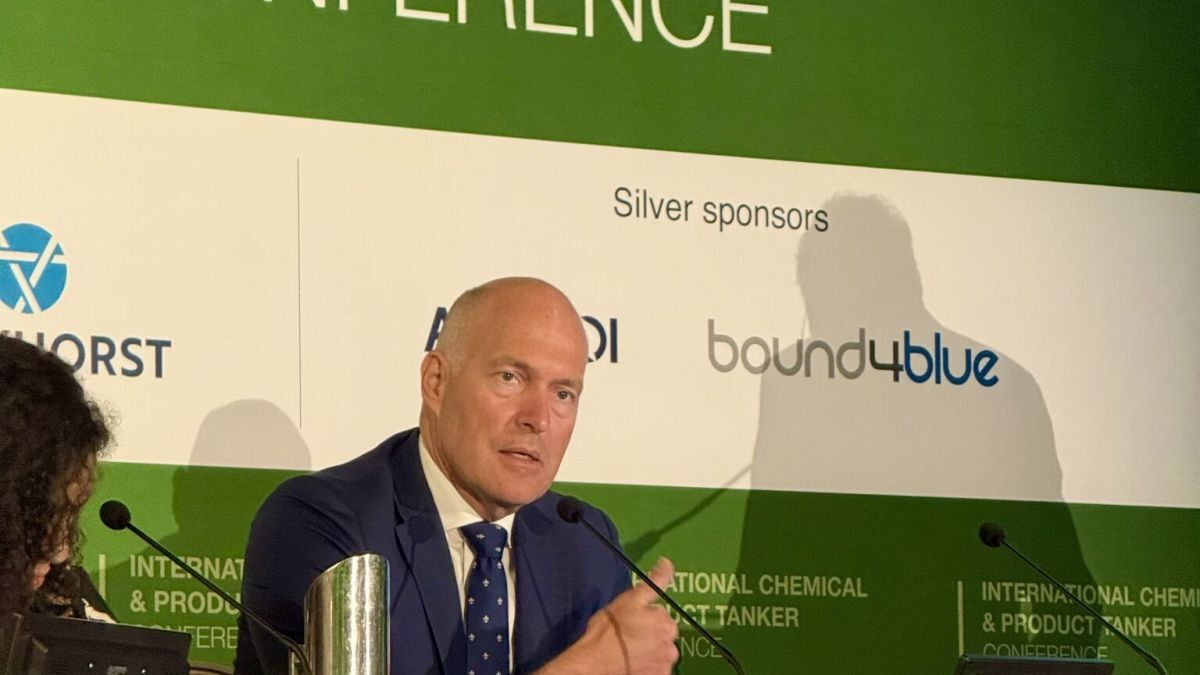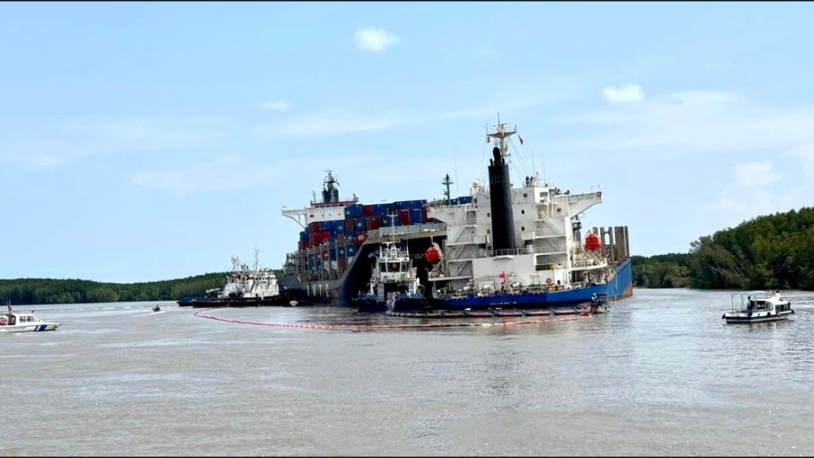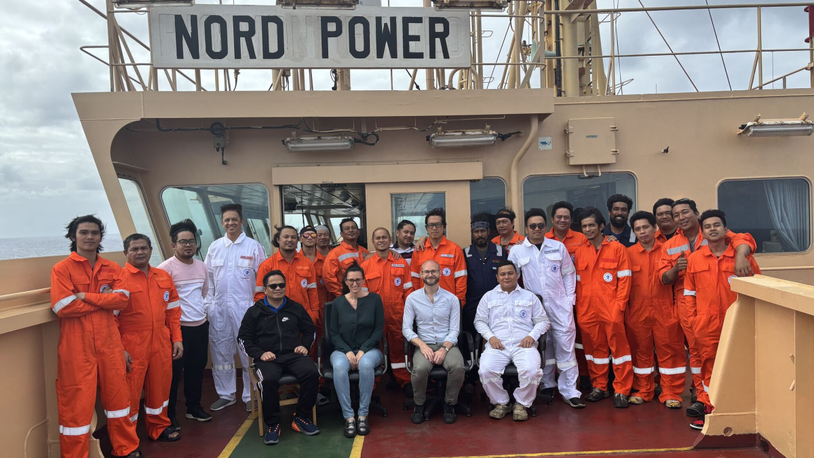Business Sectors
Events
Contents
A new beginning for prismatic Type B tanks
The Esso Brega series of ships were amongst the pioneering prismatic tank LNG carriers. However, although LNG carriers with prismatic cargo tanks have always been a popular choice with designers and naval architects, they have been unable to compete in the market with the successful spherical and membrane tank containment systems. It has now been many years since a handful of ships were built to the Conch, Esso and IHI SPB prismatic cargo tank designs.
Notwithstanding this lean spell, new generations of these flat deck ships are currently being considered by the LNG shipping community. STX Europe/Aker Arctic has developed an aluminium double barrier tank (ADBT) containment system while General Dynamics’ NASSCO yard recently unveiled a new IMO Type B prismatic tank design based on flat plate technology.
In addition IHI Marine United (IHIMU) reports growing interest in its original self-supporting, prismatic-shape IMO Type B (SPB) cargo containment design. A number of shipowners and shipbuilders believe the concept has merit as a bunker tank on large LNG-powered container ships, tankers, car carriers and bulkers being proposed for deepsea routes. IHIMU itself has on the drawing board several designs of LNG-fuelled mega containerships which feature SPB bunker tanks.
Prismatic Type B tanks also offer advantages in offshore LNG applications, not least freedom from the filling restriction considerations imposed on membrane tanks. The robust nature, including the internal structure, of the Type B tanks means that cargo sloshing loads do not pose a problem. The first LNG floating production vessel to be given the go-ahead, Shell’s Prelude facility on order at Samsung Heavy Industries, will be built with IHI SPB tanks under licence.
The Korean shipbuilder Daewoo Shipbuilding & Marine Engineering (DSME) has also recently introduced a new prismatic IMO Type B independent cargo tank containment system with offshore applications in mind as well as those in which LNG is used as fuel. Its aluminium cargo tank independent Type B (ACTIB) concept has received approval from Lloyd’s Register for the use of the system in a DSME-developed 210,000m3 LNG regasification vessel (LNGRV) design. However, DSME states that the design is also suitable for wider use in LNG shuttle tankers and LNG floating production storage and offloading (FPSO) vessels as well as tanks for LNG as fuel, where partial filling is a critical operational issue.
All these prismatic Type B tank protagonists could do well to consider the design and service lives of the venerable 41,000m3 LNG carrier pair LNG Palmaria and LNG Elba. These notable vessels provided sterling service for 43 and 42 years, respectively.LNG
Related to this Story
Events
Maritime Environmental Protection Webinar Week
Cyber & Vessel Security Webinar Week
The illusion of safety: what we're getting wrong about crews, tech, and fatigue
Responsible Ship Recycling Forum 2025
© 2024 Riviera Maritime Media Ltd.













